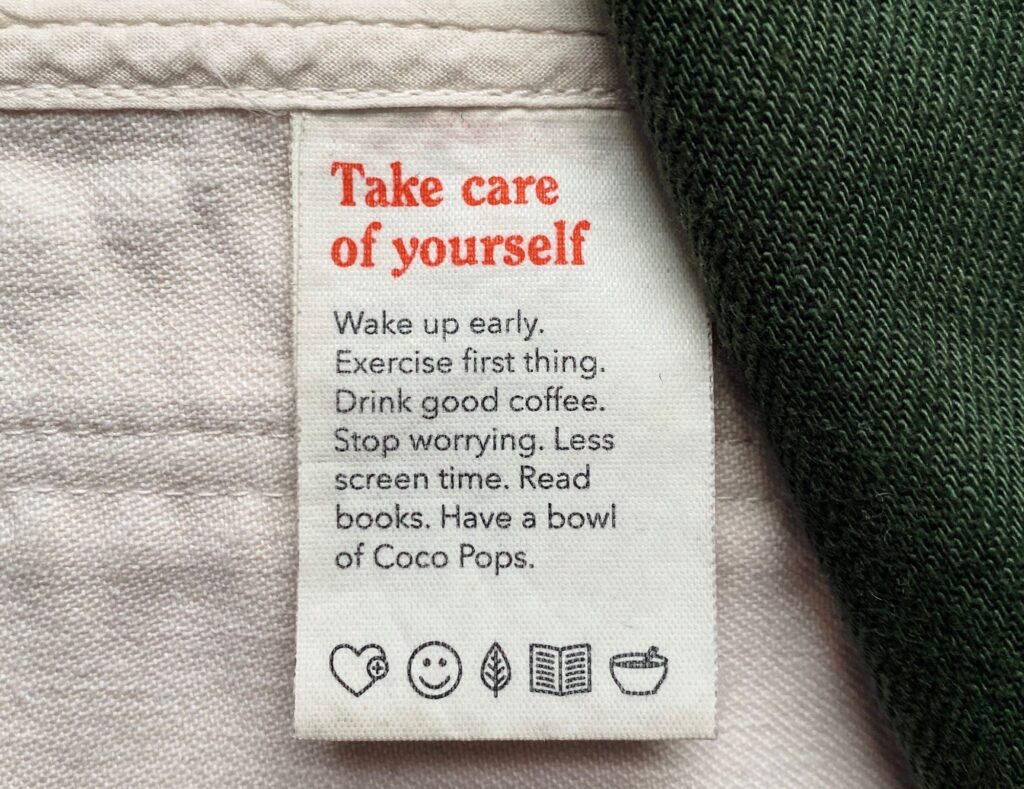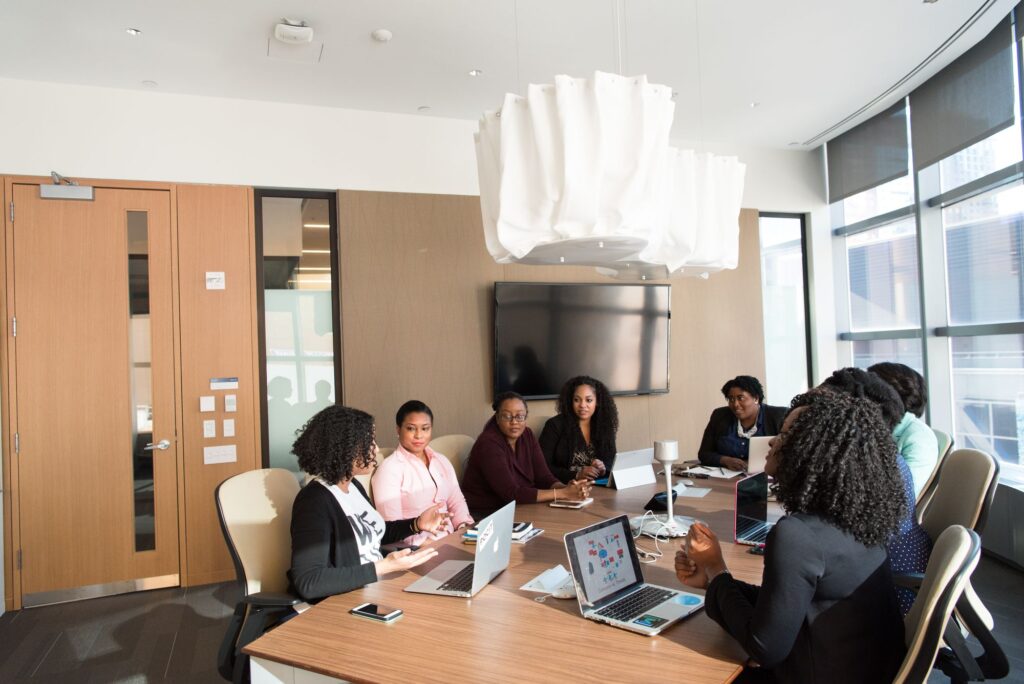How I Built a 200,000-Person Paid Membership Community With $0 in the Bank to Start

If I could give one piece of advice about the best way to start a successful community, it would be to build the one you need yourself.
I launched Tech Ladies for selfish reasons. I worked in tech but didn’t have many women colleagues, and I wanted to build a network that could help me grow and weather any job change. Also, it was fun and validating to meet other women facing the same issues I did at work.
Turns out, so many other people felt the same way at work too. As one of the first communities for all women in tech, not just engineers, Tech Ladies had a wide pool of potential members, and they started showing up in droves. Our community was adding hundreds of new people each week without any paid advertising.
Over the past six years, Tech Ladies has continued to grow steadily with very little money spent on acquisition (which was especially important given I made the decision to bootstrap my company instead of seeking outside funding). With over 200,000 members, we’re now one the largest communities of women in tech. And more importantly, we’ve had a measurable impact on the lives of our members, helping them land jobs, grow in their careers, and find support they might not have access to at work.
The strategies that got my community here weren’t complicated—most of them I could implement myself while building the company from my couch. They just involved a deep dedication to and understanding of the people I was here to serve.
Here are four simple approaches that worked for me while building my community on a budget.
1. I made it easy to join and tempting to stay
When building a community, it’s not enough to bring members in; you also have to know how to keep them.
To think through this, I did a lifecycle analysis of my target member. I started by asking myself: Why would someone join Tech Ladies? I knew most people came to us through the job board when they were searching for their next opportunity, and given that was our biggest acquisition path, I wanted to keep the job board free and easy to access. We simply require people to sign up for a free account to start applying, which also subscribes them to our newsletter.
If I had just left the community at that, members would churn as soon as they got a job, maybe returning in a few years when they’re ready for a new role. So, I asked myself, what would make someone stick around? My thinking was, at any point in a person’s career, they need help with something—how could we provide exactly what they need at every step?
This inspired me to add a free community forum, where people can ask for help when they’re stuck on something at work. It also encouraged me to make sure the events we hosted weren’t only about networking for job searchers, but also focused on other topics that …read more
Source:: Buffer Blog












